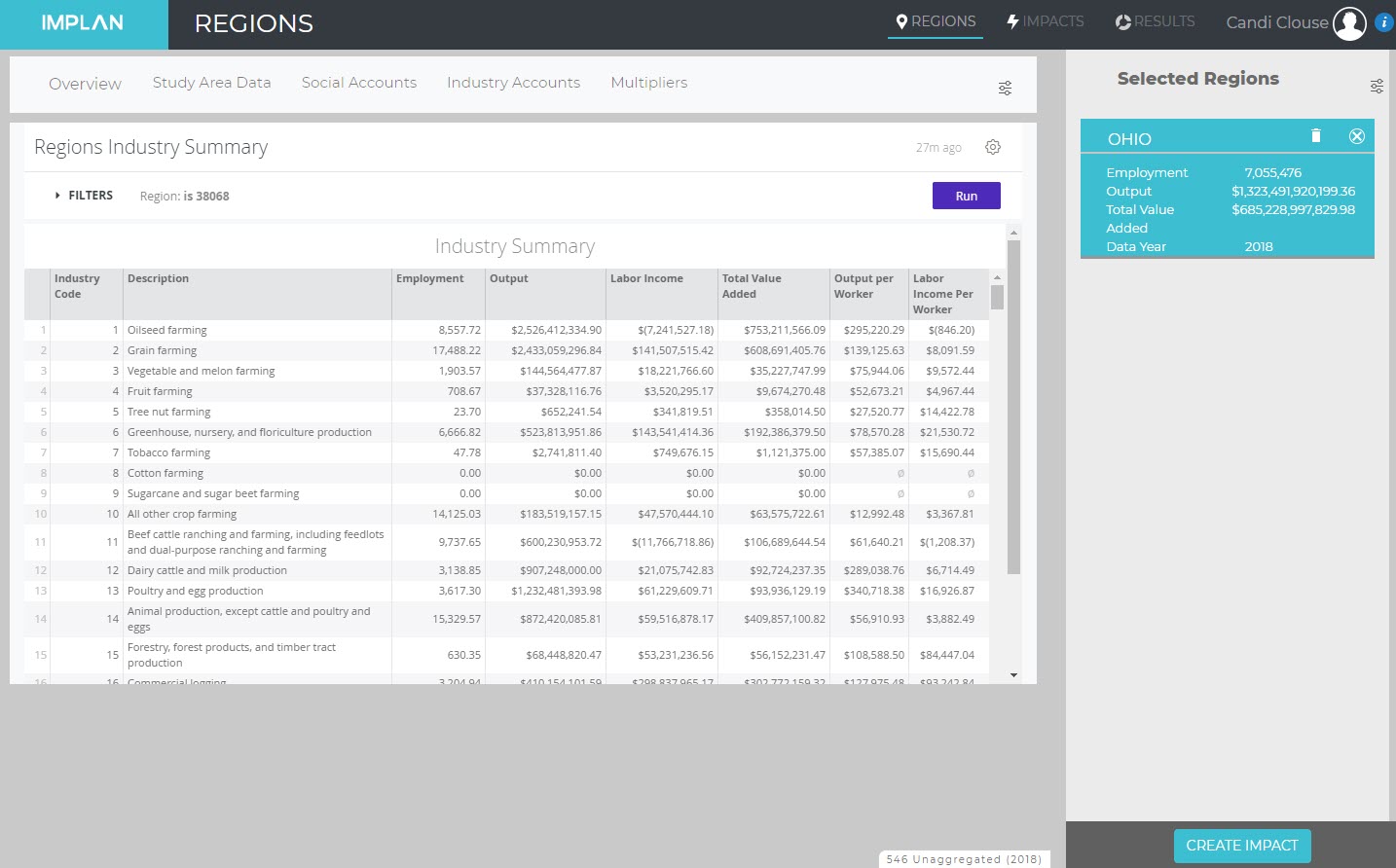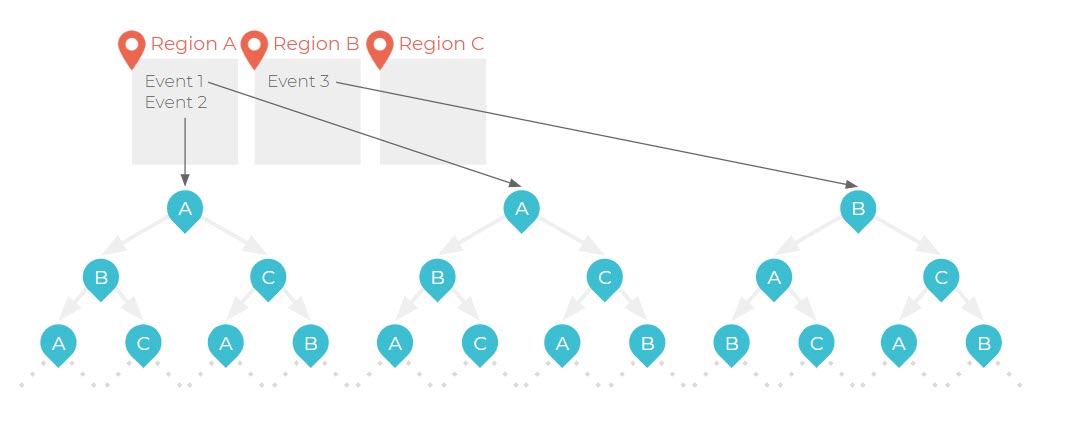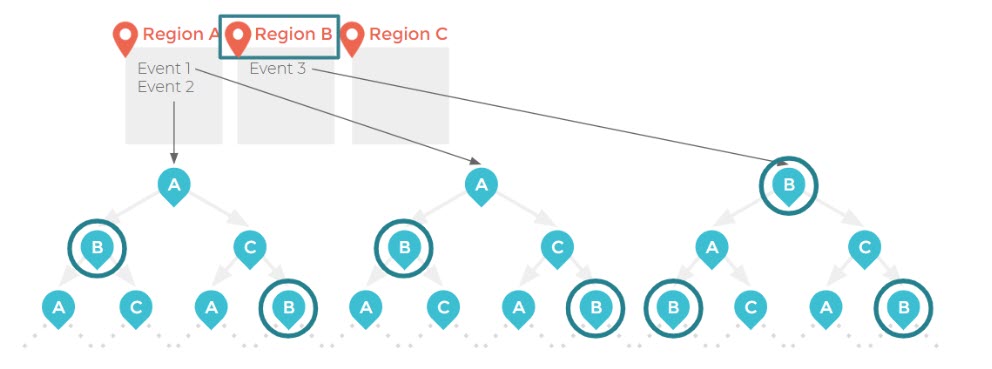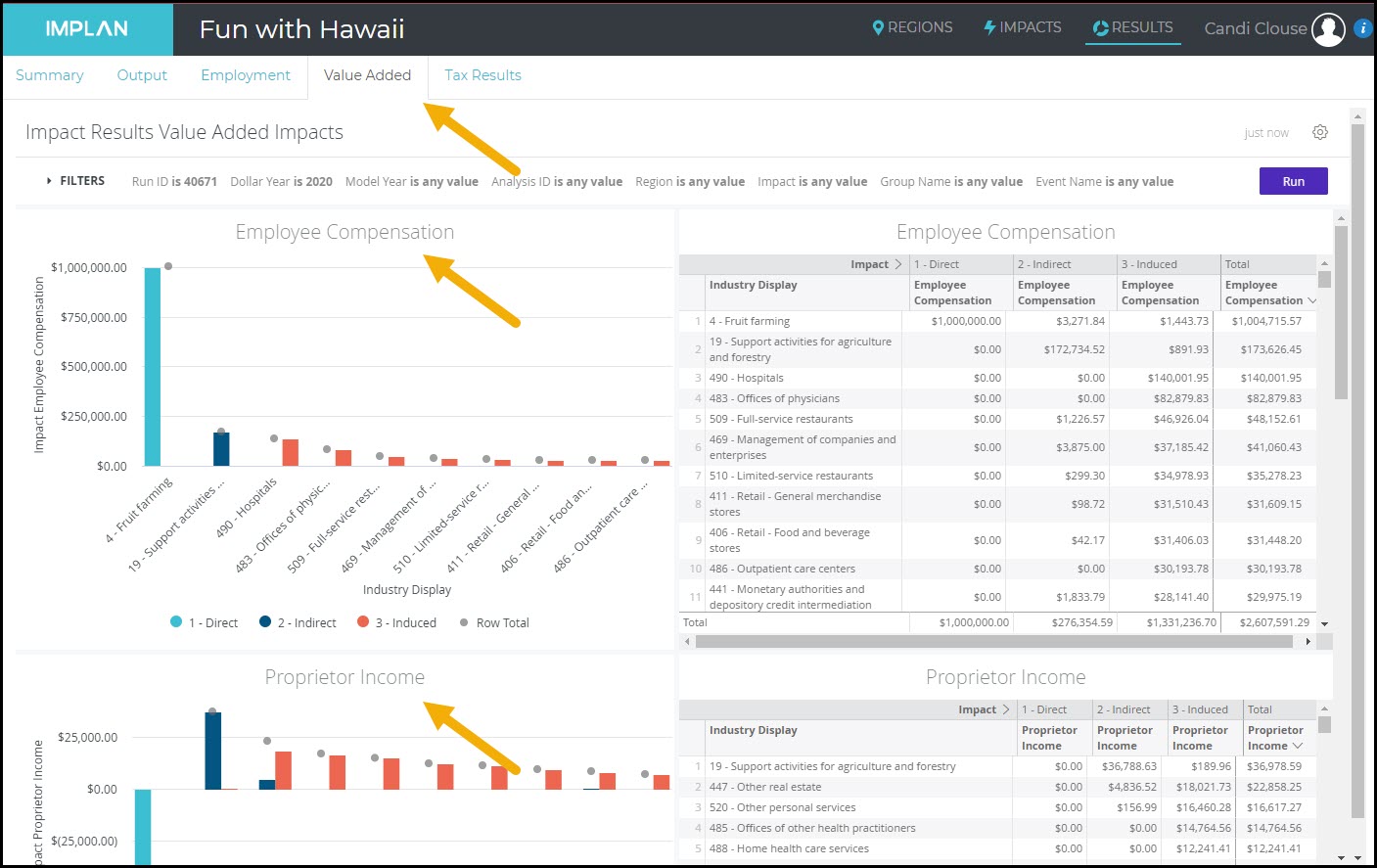Understanding the Leontief Production Function (LPF)
INTRODUCTION:
Production functions detail the relationship between inputs and outputs. They represent the technically-efficient combination of inputs required for producing a certain level of output (Hess, 2002). This article outlines the three most common production functions, with an emphasis on our personal favorite, the Leontief Production Function.
PRODUCTION FUNCTIONS & ISOQUANTS:
In general, functions talk about relationships between variables.The basic formula for production functions is:

Isoquants are the lines shown in graphical representations of production functions that show the required financial capital (K) and labor (L) required to produce the quantity of output (Q). The ability to substitute factors of production is demonstrated in the shape of the isoquants (Hess, 2002).
There are three main types of production functions: linear, Cobb-Douglas and Leontief. The differences among them lie in the relationship between the variables: output, capital, and labor. The Leontief Production Function is used in IMPLAN to dictate the ratio of inputs needed by each Industry in order to produce a unit of Output (in terms of dollar value).
LINEAR PRODUCTION FUNCTIONS
The most basic is the Linear Production Function. Here, output is a simple function of inputs; unlike in the Leontief Production Function, capital can be substituted for labor perfectly. In the graph, we see three straight isoquants each showing the level of capital (K) and labor (L) required to produce the quantity of output (Q) (represented by the lines). In this equation, a and b are the output elasticities of K and L. Output elasticity refers to the ratio of change in Output to the proportionate change in input.
COBB-DOUGLAS PRODUCTION FUNCTION
The classical production function is commonly termed the Cobb-Douglas Production Function. Here, we see that output (Q) is still a function of capital (K) and labor (L), however, we also see the addition of a productivity assumption (A). Productivity is built into each Leontief Production Function within every IMPLAN dataset based on the level of productivity for the given Industry and Data Year. As with the linear production function, a and b represent the output elasticities of K and L.
The isoquants in the Cobb-Douglas Production Function are curved with the slope changing along them. This indicates that the capital and labor inputs are not perfect substitutes for each other. There can be input substitution, but it is not linear.
LEONTIEF PRODUCTION FUNCTION
The Leontief Production Function (LPF), named for the father of Input-Output economics Wassily Leontief, is what is utilized in IMPLAN. It is also known as the Fixed-Proportions Production Function. We still see output (Q) being a function of capital (K) and labor (L). The designation of min refers to the smallest numbers for K and L.
The isoquants in the LPF are right angles. Capital and labor are fixed proportions. They are perfect complements and cannot be substituted for one another. Increasing the inputs will lead to a proportional increase in output (Miller & Blair, 2009). Also, you can’t have too few or too many outputs; the relationship between capital and labor is locked.
THE LPF IN IMPLAN:
So that was a fun economics lesson, but how does this work in IMPLAN? Well, it all comes down to Output, the total annual production value of each Industry. The LPF of an Industry in IMPLAN determines how each Industry will allocate Output. Industries have employees, they pay Labor Income and Proprietor Income. They also pay taxes (Taxes on Production and Imports) and realize profits (Other Property Income). These combine to give us Value Added. In addition to the Value Added, Industries spend money on Intermediate Inputs.
Instead of just Output just consisting of capital and labor, we have an equation for Output that includes all of these pieces:
If you want to dig into the details on how the magic happens with some information on the matrices, read Industry Leontief Production Functions in IMPLAN.
Note that while IMPLAN is based on the Leontief Production Function, you can make changes to Industry relationships using a technique called Analysis by Parts which allows for customization of the LPF.
RELATED ARTICLES:
ABP: Introduction to Analysis-By-Parts
Industry Leontief Production Functions in IMPLAN
OTHER RESOURCES:
Hess, P. (2002). Using Mathematics in Economic Analysis. Upper Saddle River, NJ: Prentice Hall.
Miller, R.E. & Blair, P.D. (2009). Input-output Analysis: Foundations and Extensions (second edition). New York: Cambridge University Press.

































